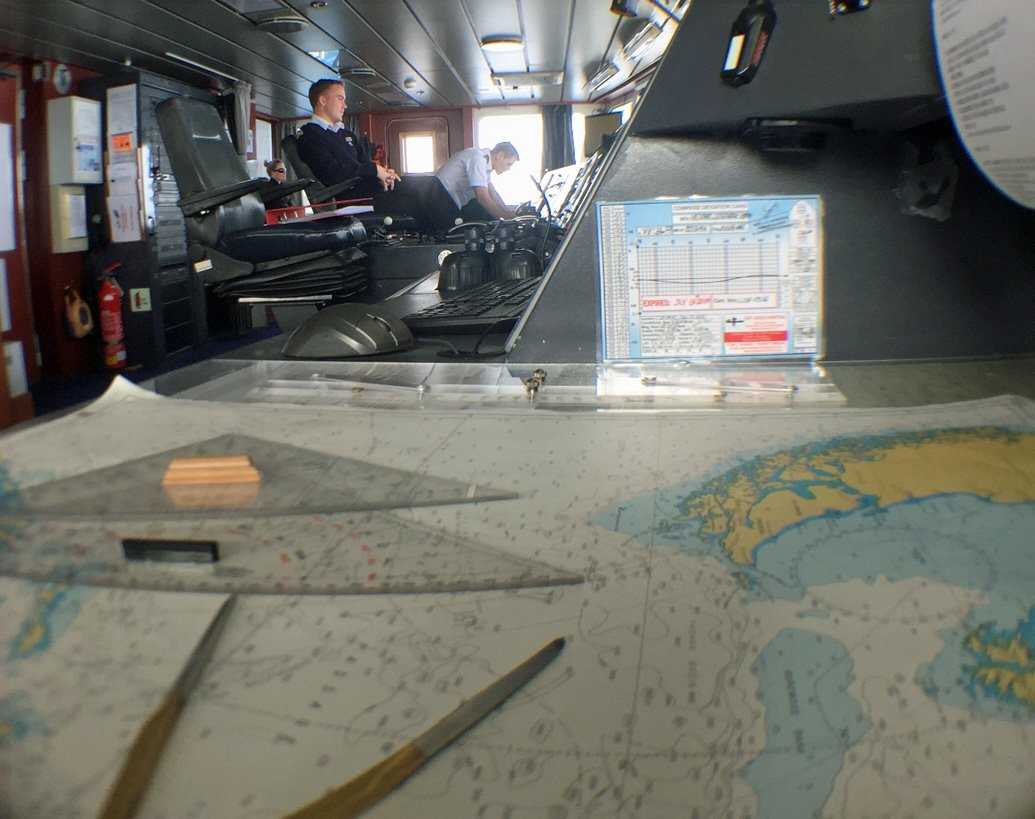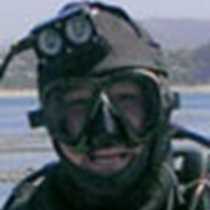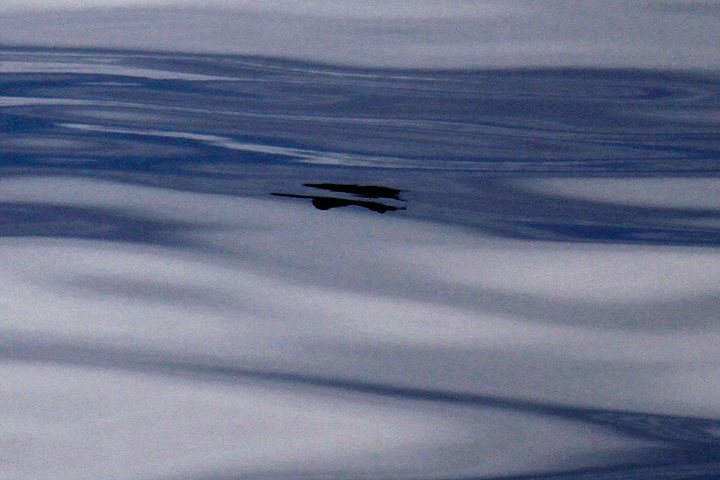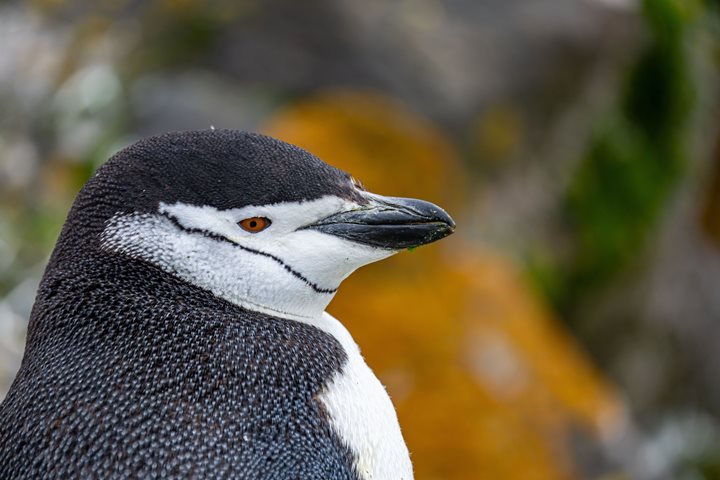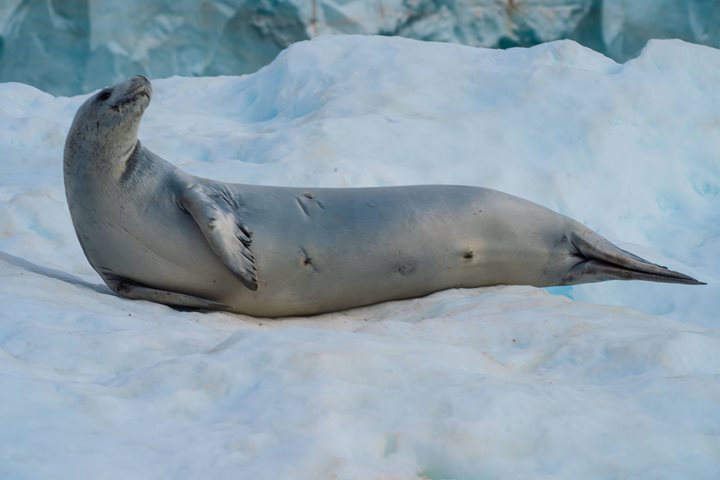Our first day out on the infamous Drake Passage! Some remained horizontal while others went with the flow, dancing through the hallways, all the while experiencing the power of the atmospheric low pressure weather systems generating the massive rolling waves of slate blue. After becoming acquainted with the Drake, our staff introduced themselves. Our Undersea Specialist, Erin McFadden, navigated us through the global processes forming this remarkable body of water and familiarized us with its unique and precisely adapted marine fauna, including the creepy-crawling Pynogonid sp. sea spider. Up on the bridge, our officers kept watch while this turbulent passage transported us with approximately 150 million cubic meters per second, ripping through the continental bottleneck of 600 miles between South America and our final destination, Antarctica. From any window throughout the ship, the most graceful gliding seabirds can be seen along either side, particularly off the stern of the National Geographic Orion. Naturalist Larry Prussin gave a presentation identifying out man species of feathered followers and birds we are likely to encounter here in the Southern Ocean. Certainly spotting wandering albatross with their impressive wingspan (up to 11.5ft) as they seemed to effortlessly trace each wave before soaring up into the surrounding fog. Trying to capture the Drake’s expansive beauty and, say, a giant petrel flying near deck four aft led to an afternoon focused on photography. Our photography team of Michael Nolan, Phil Schermeister, and Adam Cropp divulged their expertise in break out groups as we learned some in depth practices and tricks for expedition photography. The evening tradition of recap presentations kicked off an evening with fog-filled horizons and dreams of gentoo penguins at our first landing tomorrow.
Call +1300.361.012(AU) | 0800.444.462(NZ)

